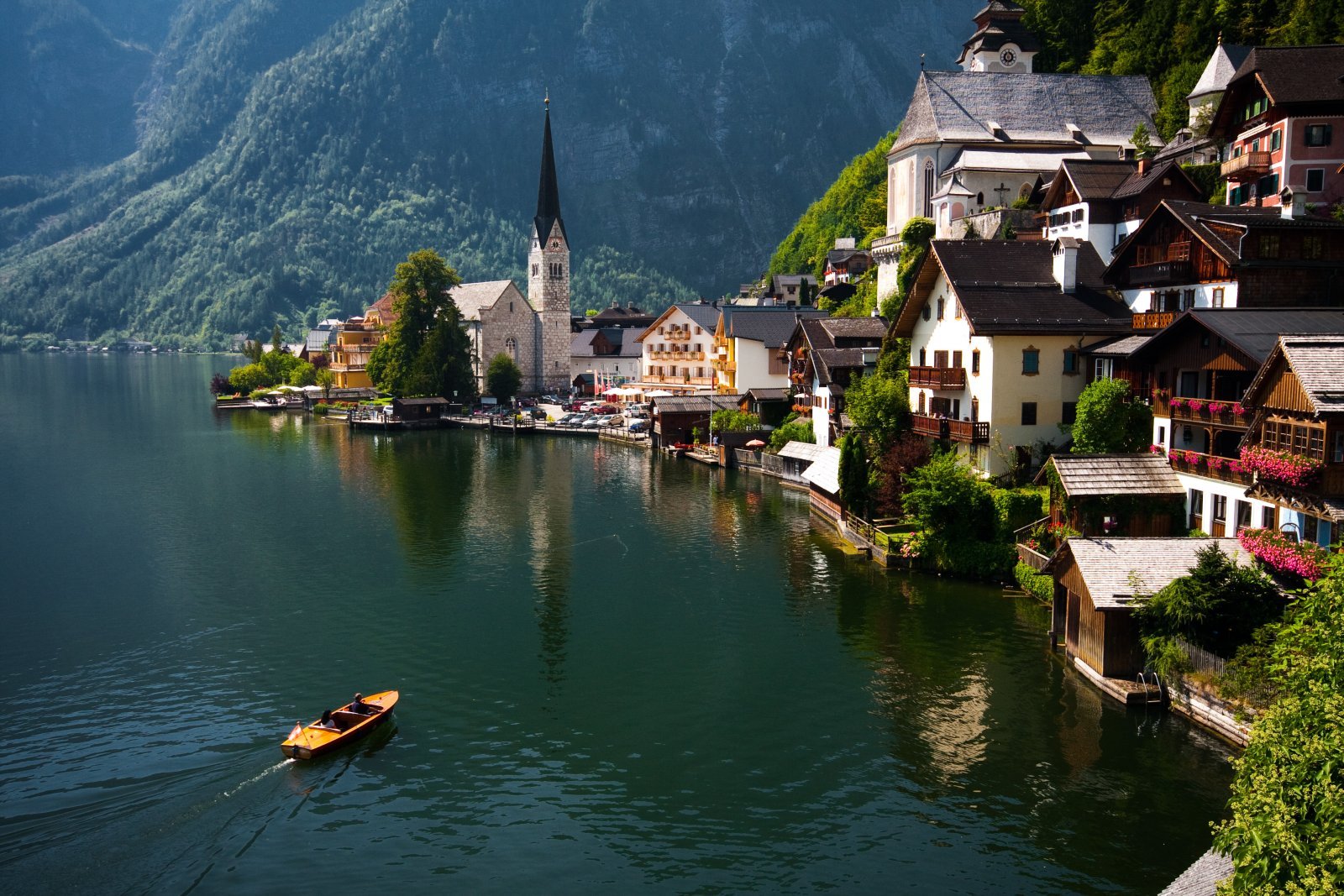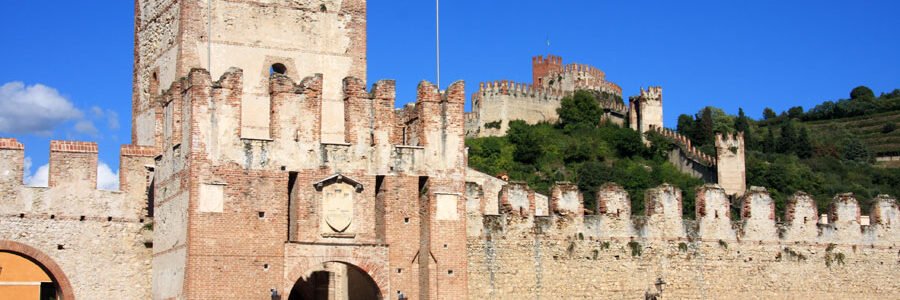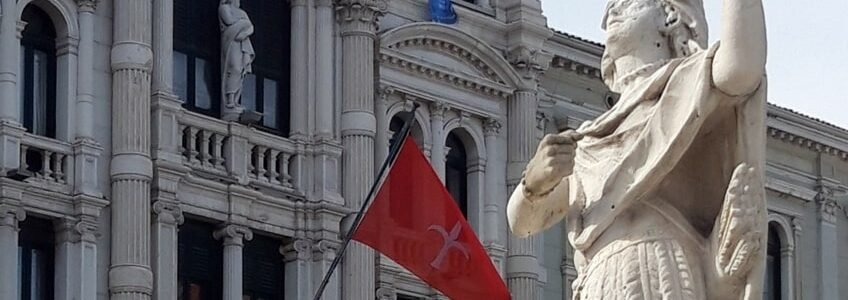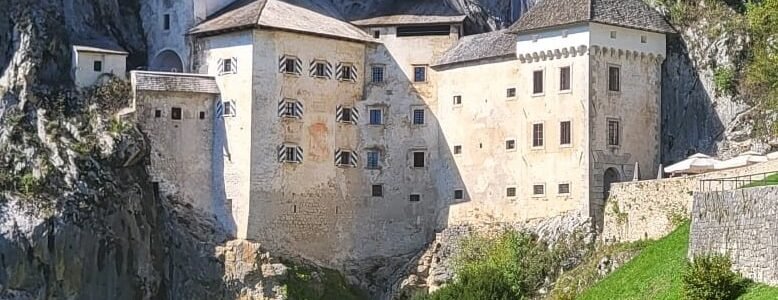Hallstatt in a Day
Hallstatt in a Day
Hallstatt in a Day
What to See, Feel, and Remember
The First Glimpse
You don’t arrive in Hallstatt. You land inside a photograph you’ve seen a dozen times, and somehow it’s still unfamiliar. The lake is flatter than expected. The sky lower. The air is neither cold nor warm—it just exists around you, like part of the welcome. People speak softly. A ferry crosses silently in the distance. You begin to walk without deciding where. That’s what Hallstatt does—it makes you slow down before you realize it. The village doesn’t pull you in. It waits until you choose to pay attention.
The Village Between Water and Rock
Village is narrow. One edge touches water, the other leans into stone. There’s no space to expand, so everything fits tightly: homes, staircases, churches, balconies. But nothing feels forced. You walk between pastel houses and weathered wood, each angled by necessity. Laundry hangs above doorways, and flower boxes cling to windows like they’ve always been there. On the eastern edge, a quiet path hugs the lake. Locals walk dogs here. The lake barely moves. A few ripples, a duck, maybe the wind. But mostly—stillness.
Where the Bones Speak
The small cemetery near the Catholic church is calm. Each grave is well kept—painted, carved, personal. But the charnel house behind it draws the quietest visitors. Inside, skulls rest in rows, decorated with floral patterns and family names. It’s not gruesome. It’s intimate. Hallstatt’s land is limited, so the town made peace with space by honoring the dead visibly. You don’t leave with fear. You leave thinking about time, about how small towns carry memory differently than cities do. There’s respect here, not spectacle.
Salt Below Everything
This gem’s wealth, structure, and rhythm all come from salt. The mines are older than memory, older than buildings, older even than the word “Hallstatt” itself. A funicular leads up to the salt mountain. From there, you can tour the tunnels, see preserved tools, feel the cold breath of the underground. It’s not just a museum—it’s the town’s spine. Even the soil has known labor. As you walk back down, the lake greets you again. Different light. Different thought. The connection between underground and surface lingers, quiet and direct.
Bridges to Somewhere Else
Spot connects more than it appears to. The road out leads not just to Salzburg or Vienna, but to a change of pace. For those coming from the Adriatic, especially after long coastal days, the shift is sharp—in a good way. A trip brings you transformation from sun-soaked streets into alpine reflection. You don’t feel distance. You feel contrast. That’s the point. One day here recalibrates your sense of motion. It doesn’t need to be long to last.
Lunch Without a Rush
Midday arrives without a signal. There are restaurants along the lakefront, some with menus in six languages. Skip those. Find a side street café with five tables, maybe a chalkboard outside. Order fish if it’s local, or käsespätzle if it’s been a cold morning. The point isn’t discovery—it’s pace. You eat slowly because the scenery is slow. Someone at the next table is writing a postcard. A dog waits under a bench. You might overhear German, French, Serbian, Korean. No one sounds rushed. No one looks at a clock.
Afternoon Walks Feel Like Memory
After lunch, the light shifts. The sun dips behind the ridge earlier than expected. You walk through streets again, but they look different now. People step more softly. Shadows stretch. If you keep walking along the lake, the village tapers into woods and then stops. But before it does, you’ll pass boathouses, gardens, and maybe an old man splitting wood. There’s a bench where locals pause. It has no plaque, no view—just a place to sit with your back to the lake and your eyes on the stone.
Shops That Don’t Shout
Shops there are mostly quiet. A few sell trinkets and prints, but some feel like living rooms. One offers handmade soaps, another specializes in handwoven scarves. A man repairs clocks in a narrow space that smells like cedar and oil. You walk in, and no one greets you immediately. You stay because it’s warm, real, quiet. You buy less here, not because of price, but because you realize you don’t need much. You already picked up something from the air, the steps, the silence.
Those Who Stay Later
By late afternoon, many visitors are gone. Tour groups retreat to buses. The ferry runs less often. The town seems to take a breath. Locals talk louder. Doors open. Music plays from somewhere faint. If you’re still here, stay longer. Watch how the light softens the lake and how buildings glow from within. There’s a difference between visiting a place and letting it host you. In Hallstatt, that line is drawn at dusk. Stay past it, and you’ll see what the others missed.
Those staying into evening often rely on details found through the official Hallstatt tourism site, which lists trail conditions, cultural events, and seasonal updates trusted by locals.
Final Note for Over & Out
Hallstatt is not about discovery. It’s about attention. You don’t need a checklist here. Just a quiet walk, a seat by the water, and a few hours without rush. The mountains don’t move. The lake doesn’t explain itself. That’s what makes it work. Some places impress. Hallstatt doesn’t try. It just is—and that’s what stays with you.
Hallstatt in a Day
Hallstatt in a day sounds ambitious — but the village is small, its mood slow, and the magic immediate. From the moment you step between lake and limestone, time feels thinner. Each narrow path curves between timbered houses, while the scent of woodsmoke and water lingers in the early air.
While the town’s quiet rhythm never rushes you, some travelers still choose a scenic transfer from Bled to Hallstatt to ease the day’s logistics without disrupting its stillness.
- Connection from Adriatic stone to alpine wood
- Route where coastlines meet cliffside calm
- A journey from seafront elegance to mountain mist
- When Dalmatian light ends among alpine shadows
- Path from lakeside legends to silent spires
- Travel line where empires once intersected
Discovering Hallstatt in a Day — Slow Motion Within a Small Frame
You won’t need an itinerary. The lake will guide you. Coffee near the market square, silence near the cemetery, a boat drifting past reflections that look hand-painted. There’s something deeply human in Hallstatt’s proportions — compact, precise, but never rushed. A full day feels like enough, but only because nothing here asks for more.
- Gentle enough for spontaneous walkers — no plan needed
- Ideal for visitors coming from Salzburg or Bled for the day
- Accessible without a car — routes and transfers simplify the trip
- Local cuisine offers quiet rewards — trout, wine, lake breeze
- A place that stays in your memory longer than your photos
- No pressure to do anything — just be, between stone and sky
Stone, Silence, and the Time Between
Hallstatt in a day feels like both a pause and a passage
The world doesn’t stop here, but it steps aside. You sense it in the way voices lower near the churchyard or how the wind slows as it rounds the lake bend. Not every destination needs days to leave a mark. Some, like Hallstatt, do it gently — in one. For local insights and current updates, see the regional Hallstatt overview.
RECENT POSTS
- How to get from Trieste to Zagreb December 6, 2025
- How to get from Vienna to Venice November 30, 2025
- How to get from Vienna to Trieste November 22, 2025





























































Leave a Comment